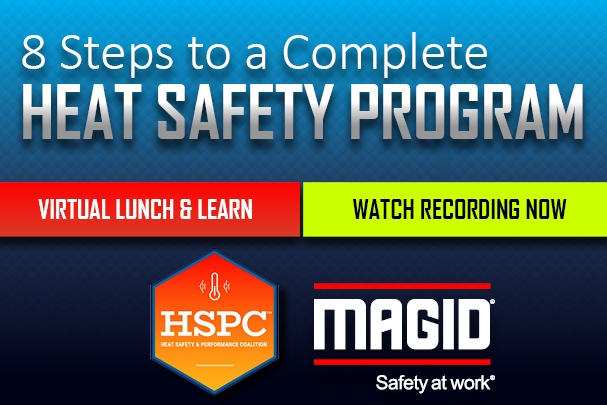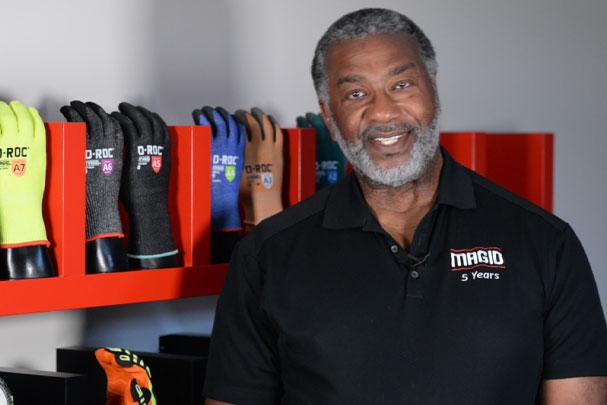
4 Tips for Safety Orientation & Beyond
Training is important for everyone. But we all know the newbies are the ones who need it most.

Why Do New Workers Get Hurt More?
Obviously, a worker with years of experience is going to be more proficient than someone who just started in their trade. But learning on the job can be riskier than you might think.
Lack of Experience
The Institute for Work & Health in Toronto reported that “workers who had been in a job a month or less had three times the risk of a lost-time injury as those who had been in a job for over a year.” And later analysis found that this higher level of risk continues through a worker’s entire first year.
High Risk Tolerance
Another big factor is lack of experience in understanding and evaluating risk. Lack of experience in their current job and perhaps in general may cause new employees to underestimate the consequences or likelihood of an accident and take unnecessary risks.

How to Protect New Workers
These facts may not be surprising to seasoned safety professionals, but they do suggest that we might need to train our newer workers differently – giving them more reinforcement and follow-up even after they complete their required safety orientation training.
4 Tips to Help New Workers Stay Safe
Tip 1: Recognize Safe Practices!
Positive feedback is just as important as correction. As you walk your facility or job site, be sure to take a few extra minutes to observe the newbies doing their jobs. Give them a small reward, even if it’s just a “nice job!” when you see them following safety rules. Knowing they’re doing something right boosts their job confidence and reinforces good safety habits.
Tip 2: Have a formal check-in 30 days after they start.
New workers tend to pick up bad habits from others. They may have learned in training that they always need safety eyewear in the plant, but if they see their coworkers pushing safety glasses up for certain tasks, or forgoing them entirely, they’re more likely to do the same. Review the rules with them after a month on the job to prevent normalization of deviance.
Tip 3: Require in-house competency testing and schedule announced observances.
Before you let your newbies start working unsupervised, make them show you the right ways to follow their safety rules. In-house competency testing may be required by OSHA for certain jobs, but it’s a good idea to make it the rule for any safety protocol. Even when a worker demonstrates post-training competency, it’s important to schedule announced observances as they go through their first year and beyond. Watching them doing their job in what they believe is the safest way can give you crucial information about where they may need more training.
Tip 4: Follow up after a few months on the job.
New workers can be a valuable source of information to find any gaps you may have in your training program. Follow up at their 30-day check-in to ask what they’ve learned on the job and what they wish they’d been taught in their first weeks. Then add these lessons to new worker training to benefit the next group.
Keep your newbies injury-free on the job. Make sure they’re equipped, not just with the right gear, but with the right knowledge to stay safe!
Send safety reminders directly to your workers with fun safety training videos.
GIVE ME VIDEOS







